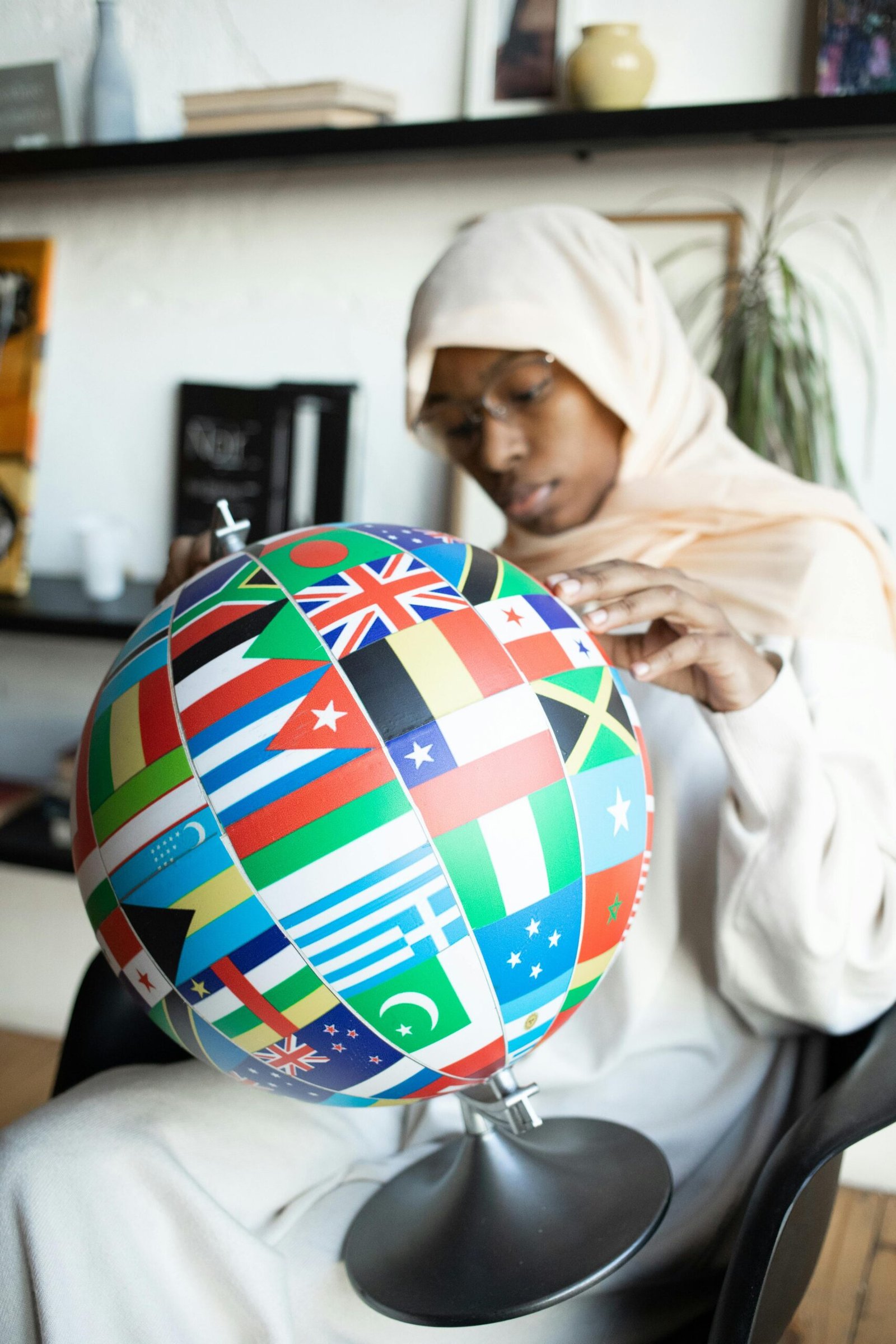
Have you ever wondered why peace often feels like a distant dream, drowned out by the daily cacophony of conflict and negativity? We’re bombarded with headlines screaming war, movies glorifying violence, and social media echo chambers amplifying anger. But what if the biggest barriers to peace aren’t just weapons and armies, but the very misconceptions we hold close? It’s time to challenge these peace myths and embrace the power of critical thinking. Let’s dismantle four common myths plaguing our path towards a more peaceful world:
Myth #1: Peace = Silence. Not Even Close.
Imagine a perfectly quiet room. Peaceful? Maybe momentarily, but not in the long run. A 2022 study published in the Journal of Peace Research found that societies with higher levels of constructive conflict resolution and open communication experienced lower levels of violence and social unrest. Peace isn’t silencing disagreement, it’s about addressing its root causes and building bridges of understanding. Think of peaceful nations like Iceland, with the highest freedom of speech ranking in the world, where vibrant political scenes thrive. Peace isn’t the absence of noise, it’s the harmony of diverse voices.
Myth #2: Negotiation = Weakness. Think Again, Superhero.
Remember those fictional heroes always throwing punches? In real life, compromise and negotiation are the ultimate strengths. A 2023 study by the Harvard Negotiation Project found that seeking solutions rather than resorting to force is associated with higher levels of courage and emotional intelligence. History is filled with examples: the end of apartheid (negotiated by Mandela and de Klerk), the Northern Ireland peace process – all triumphs of dialogue over violence. Negotiation isn’t weakness, it’s strategic power in action.
Myth #3: Only Powerful People Can Make Peace. Dream Bigger.
World leaders matter, but peace isn’t built from the top down. Ordinary people like you and me have immense power. 84% of respondents in a global survey by the United Nations Development Programme agreed that grassroots movements play a crucial role in peacebuilding. Remember Malala Yousafzai, the young activist who fought for girls’ education? Individual actions can inspire and ignite collective change. You are the missing piece in the peace puzzle.
Myth #4: Peace is Just a Dream. Wake Up, It’s Possible.
Feeling overwhelmed by the news? Take a deep breath. While conflict grabs headlines, there are peaceful societies thriving right now. Look to Costa Rica, Bhutan, or Iceland – nations prioritizing diplomacy, sustainability, and well-being. Their existence proves that peace isn’t just a dream, it’s a possibility within reach. Research shows that peaceful societies tend to have higher GDPs, lower infant mortality rates, and greater access to education. Every step towards peaceful solutions, even seemingly small, creates a ripple effect of positive change. Be the raindrop that starts the wave.
Ready to be a peacebuilder? Here’s your action plan:
- Question everything. Don’t blindly accept harmful stereotypes. Think critically about the narratives you encounter.
- Educate yourself. Dive into conflict resolution and peacebuilding efforts. There are countless resources online and in your community.
- Amplify peace. Support organizations working for peace in your community and globally. Share their stories and raise awareness.
- Speak up. Advocate for peaceful solutions on social media and in everyday conversations. Your voice matters.
Remember, peace isn’t just the absence of war, it’s the active pursuit of understanding, respect, and justice. Let’s break down the walls of misconception and build bridges of peace together. You have the power. Use it.


